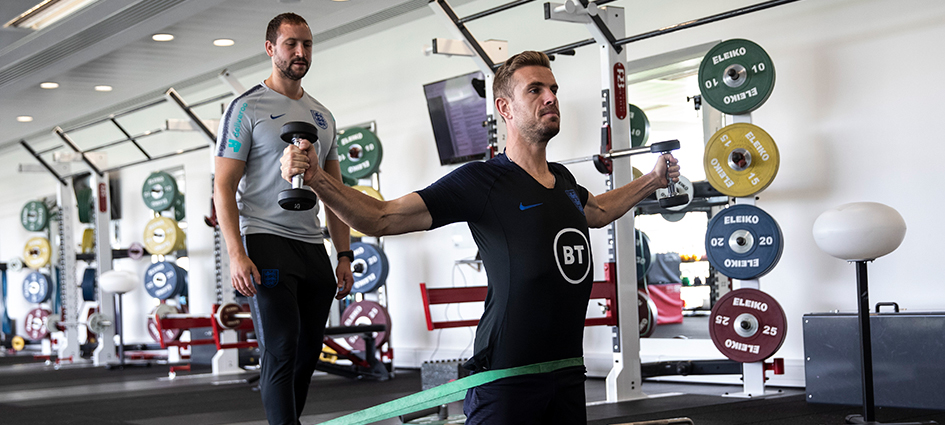
Book review: Soccer Science
- Peter Glynn
- 24 October 2019
The FA’s Peter Glynn reviews Soccer Science, a publication edited by former Manchester United head of performance, Tony Strudwick.
A glance at the extensive staffing lists of elite football clubs serves as a strong clue to the complex nature of football at the highest level.In the modern game, it’s not uncommon for the support staff of an elite level football club to extend beyond 30 different types of specialist. Every area of expertise is catered for: analysts, scientists, nutritionists and psychologists fill the corridors, meeting rooms and touchlines of multi-million-pound training grounds across the country.
Making sense of this complex dynamic of people and utilising all the individual knowledge on offer to improve player and team performance is one of the central themes in Soccer Science, a book edited by Tony Strudwick, Manchester United’s former head of performance and published by Human Kinetics.
Strudwick has long been at the forefront of sports science in this country. The 45-year-old has held positions at Coventry City, West Ham United, Blackburn Rovers and managed a team of 18 full-time and consultant staff members at Manchester United. He has also held a variety of roles with The Football Association.

Across the 25 chapters and 659 pages, Strudwick calls on a wealth of industry experts including Paul Ford, Jens Bangsbo and Mark Nesti, to cover a huge variety of themes from talent identification and player development to match performance and analysis. There are also welcome chapters on tactics and strategies and how to make sense of the wealth of statistics on offer in the modern game.
The solutions offered by Strudwick and contributors are consistent: the future of coaching will be multi-disciplinary in nature, will call for more detailed planning and be guided by evidence rather than traditions and customs. However, Strudwick does stress that: “Analytics and intuitive decision-making need not represent two diametrically opposed paradigms.”
However, the overall message on the role of the future coach is loud and clear. “Successful soccer performance is undoubtedly multidisciplinary in nature. Contemporary coaches need to be aware of the physiological, biomechanical, psychological, nutritional, medical and other types of issues that can affect competition,” writes Strudwick in the book’s summary – which can be read here.

It’s an approach supported by The FA’s Youth Award courses which look at player development through the lens of The FA’s 4 Corner Model: technical/tactical; physical; psychological; and social.
“When all these factors work as an integrated system excellence in high performance soccer is possible. Coaching is all about problem solving. Coaches who are trained to think critically about all aspects of performance will gain an advantage over competitors,” he adds.
In almost every chapter each contributor echoes the need for greater collaboration, communication and relationships between a team of specialists. The coach of the future may no longer be concerned by purely ‘on the grass’ matters but may be the heartbeat of a large department of experts.
However, the onus for change isn’t all on the coach. There is also an acknowledgement that the way that information is presented and translated for coaches and practitioners by support staff is a crucial part of the process.
There is recognition of the need for more “scientific models appropriate for soccer” and there is a call for “a new era of performance director”: individuals with the strategic leadership skills to translate and concisely communicate a high level of detailed information to help those working on the pitch.
Although the target audience for the book has a feel for those working as part of a wider team in the elite game, it’s also understood that not all coaches have access to a wealth of support staff and data. For many coaches the challenge is to become multi-skilled and resourceful and there is much content included for those facing this task.
Strudwick includes a cautionary, but crucial, note in his concluding remarks: “At what point do all these advanced methods become overwhelming and transform athletes into machines who become too mechanical and lose their enthusiasm, spontaneity, creativity and natural talents because they are focused on everything except playing the game?”
Never has the game been so complex, but so in need of experts who can help make it more simple.
For more information on the book visit Human Kinetics website here.
This article was first published in The Boot Room magazine in September 2016.


